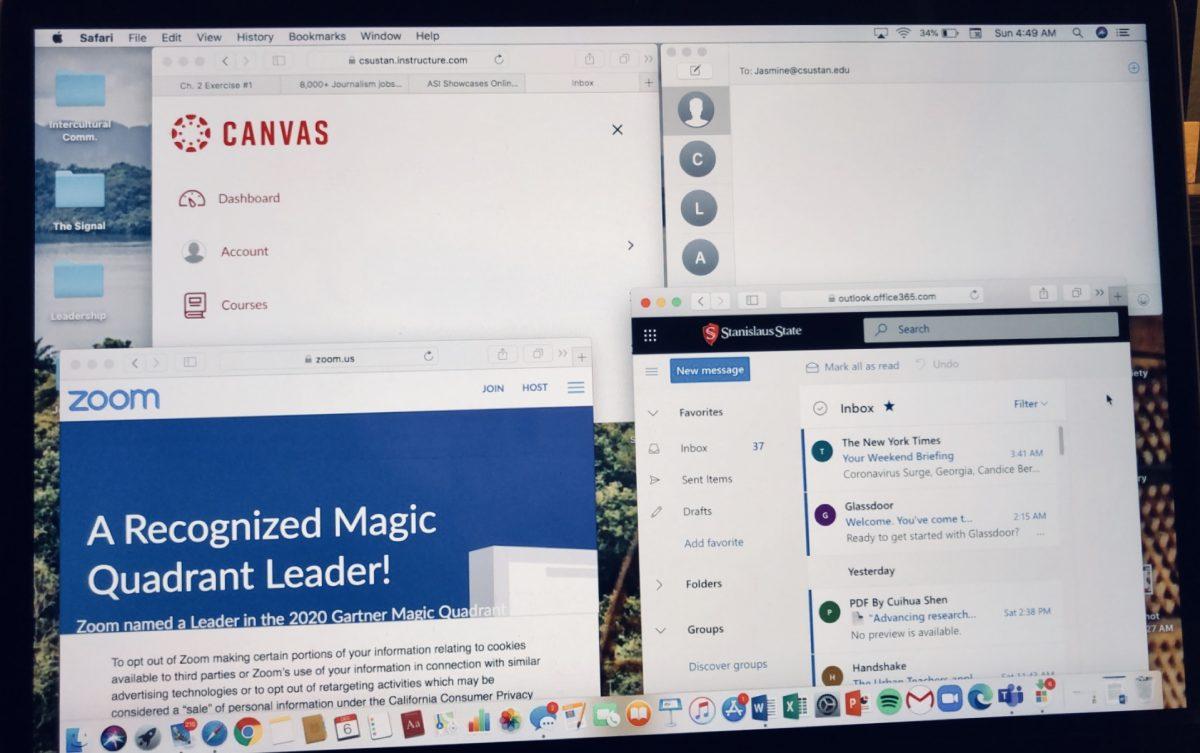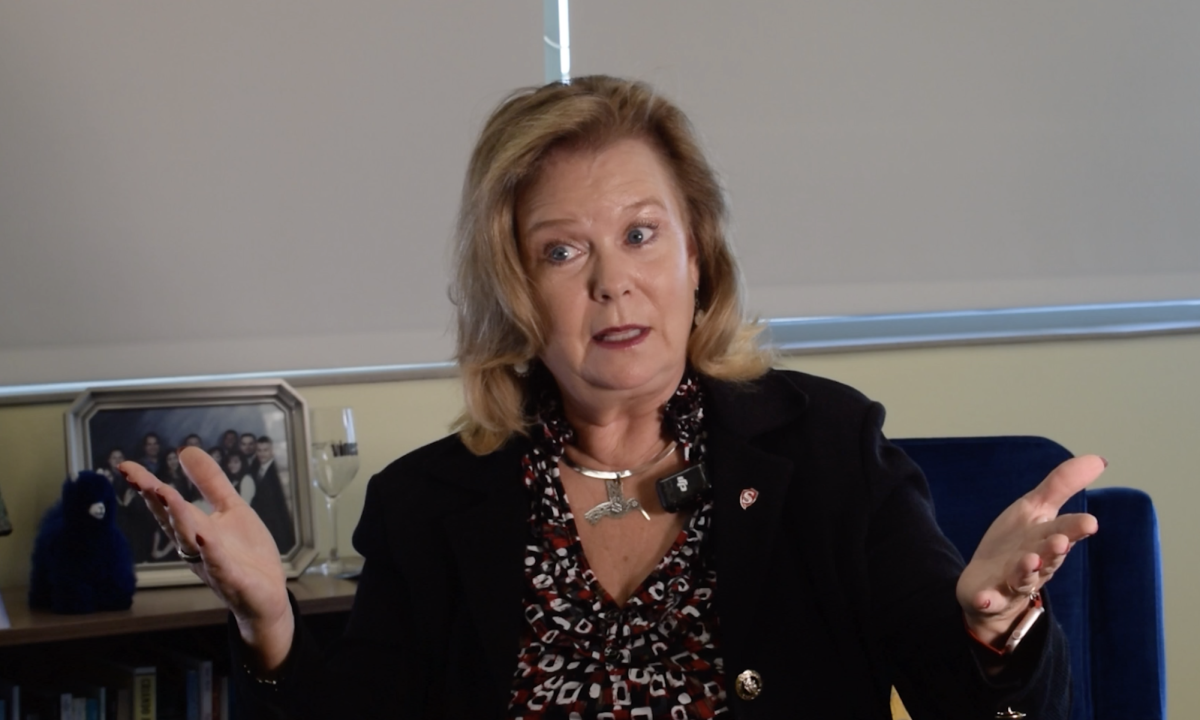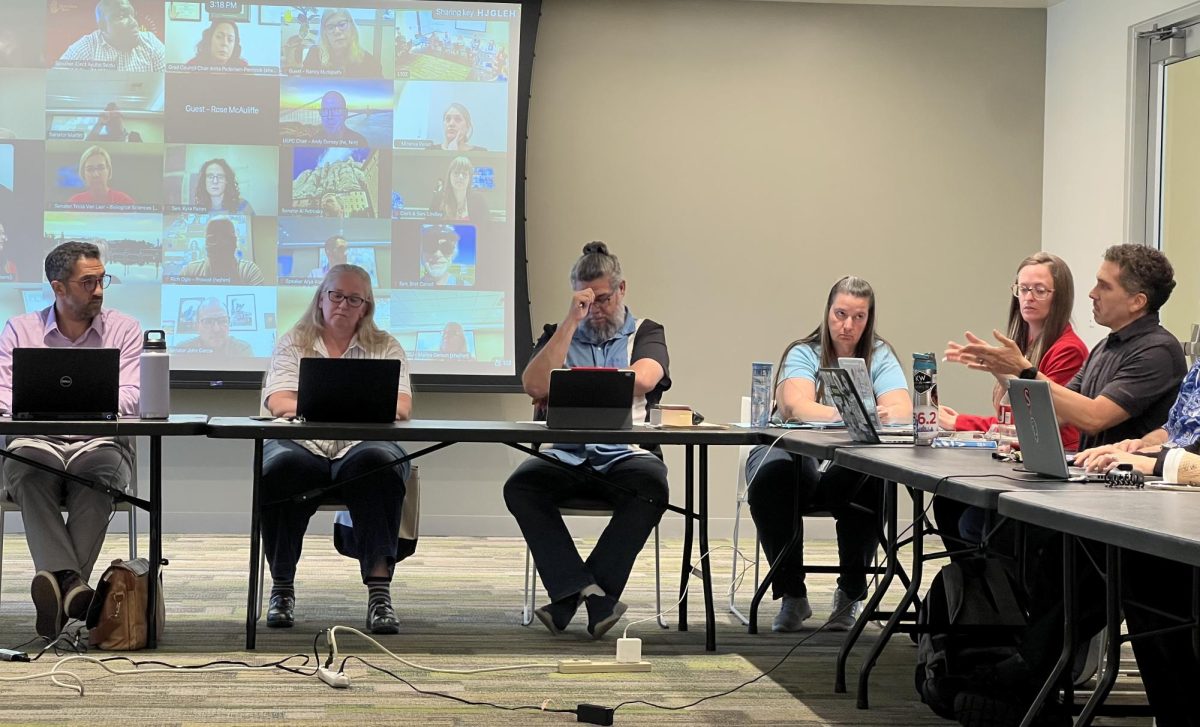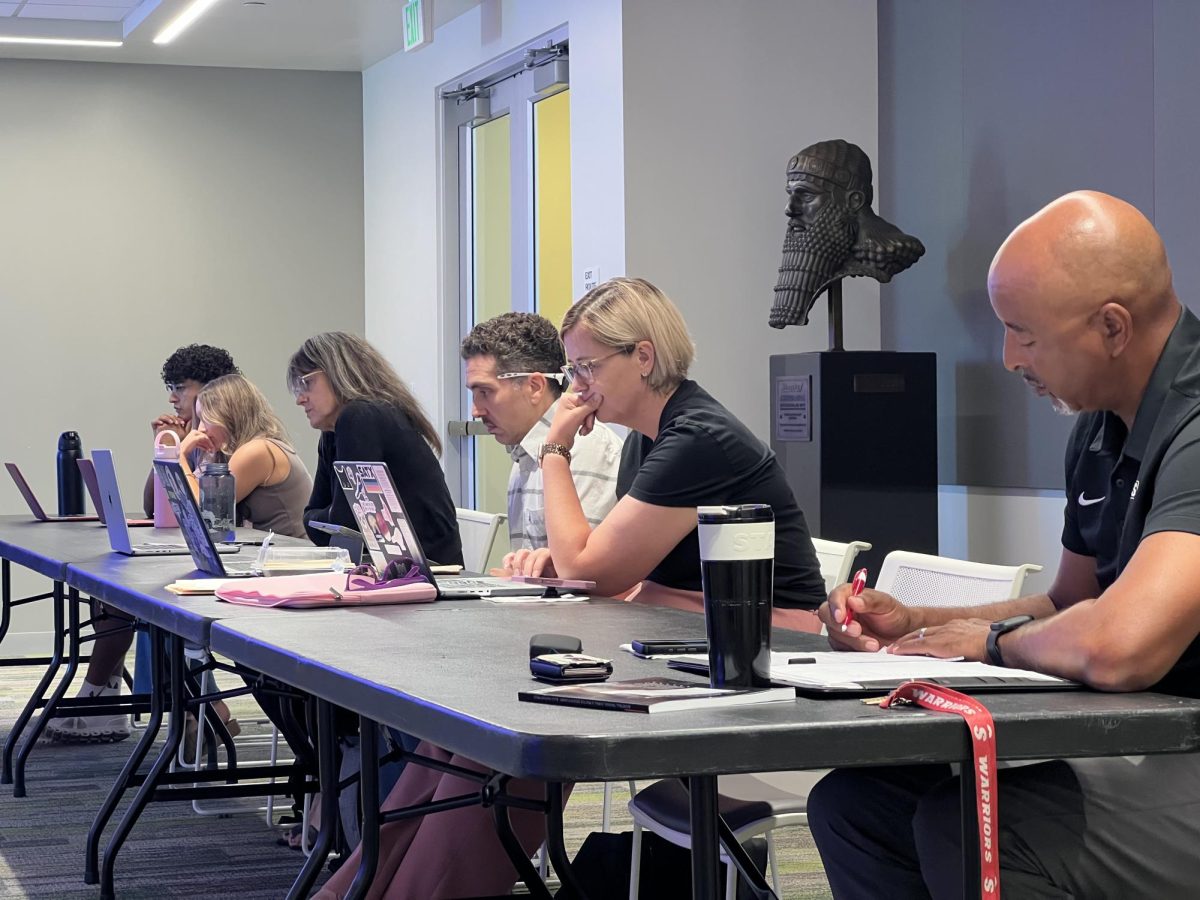The coronavirus pandemic has brought restrictions that have drastically challenged the routes of communication used by Stanislaus State students, professors, and staff.
Since students can no longer attend a class in-person at the Stan State campus, professors have questioned which communication techniques will be the most effective and ensure student engagement. There are also concerns from students who feel that online communication will not fulfill their need for social interactions. Some of the new, virtual forms of communication that the campus community have become accustomed to are Zoom meetings, emails, occasional phone calls, text messages, mobile apps, online websites, and other technological platforms.
Dr. Keith E. Nainby, Stanislaus State professor of Communication Studies and Academic Senate Leader, shared an important point about online communication saying, “Being remote from one another has forced us all to realize how much we rely on face-to-face communication or informal communication. The problem with being remote is that it makes all communication formal.”
Communicating virtually can be very overwhelming for everyone especially when it comes to approaching an individual and being unaware of whether to use a formal or informal style. Formal is typically viewed as the best approach, however, there are professors and staff who would agree that an informal style of communication is preferred to make students feel comfortable.
Nainby explains, “It makes it hard to make different levels of importance obvious on online communication.”
A lack of face-to-face communication can also impact the way people address each other, which can cause conflict, especially when there is miscommunication between an individual and somebody of a higher position. These conflicts make it evident that online communication does not provide us with the knowledge necessary to understand how to approach someone.
Communication between professors and students can affect the organization of an actual course, as well. Professors must decide which methods are most appropriate and effective to lecture and present course curriculum.
Dr. Joseph Carranza, Stanislaus State professor of Communication Studies, explains his thought process when organizing his course this semester saying, “There are structural concerns. Do we make our courses synchronous or asynchronous? How do you create a digital classroom climate? How do you keep students engaged when you are not face-to-face? What are appropriate assessment strategies when you are not meeting face-to-face.”
Carranza’s determination to find the most efficient communication methods led him to seek a variety of resources before the start of this semester. “I received two digital certifications for teaching online, collaborated with friends and my department, read articles, and watched tutorials,” Carranza said.
Carranza’s preparation is a reflection of the dedication that several other professors at Stan State hold for their profession, one that encourages them to not give up even during challenging times.
Carranza explained that he has seen a similar effort put in by his student. “My classes are strongly recommended, but not required. Even that being said, most of my students show up to my Zoom sessions,” said Carranza
Making sure to accommodate his course to the needs of his students is another factor that Carranza feels encourages his students to attend class and participate every week.
Professors and students prepared for this semester’s communication methods in their own way. While some professors like Carranza have had little to no experience with online teaching, students like Dominic Borelli (senior, Psychology) are more familiar with the virtual teaching and learning style. “I have taken online classes before COVID, so it gave me an idea of how it worked.”
Building relationships with peers were of concern for Borelli, who considers himself to be a social butterfly. Loving to make friends, he felt discouraged that this semester’s lack of in-person communication would leave him with no new friends. Although he had these concerns, Borelli has been able to meet new people and have enjoyable conversation. “We are finding new ways to communicate with each other. I have made friends through Zoom.”
Having to communicate online does not have to impede anyone’s ability to create relationships with peers, professors, or staff. It is simply about making the best out of what technology has offered us. Although these methods may look different from traditional ways of communing and may not be our preferred way, continuing to have meaningful social interactions can still be possible.
Categories:
Communication Methods Influenced by the Pandemic
Berenice Jacobo Zurita
•
December 8, 2020
Methods of communication have changed for students this semester. (Signal Photo/Berenice Jacobo Zurita)
0
Donate to Signal
Your donation will support the student journalists of California State University, Stanislaus. Your contribution will allow us to purchase equipment and cover our annual website hosting costs.
More to Discover







